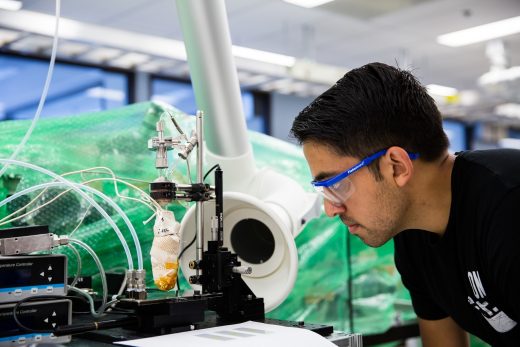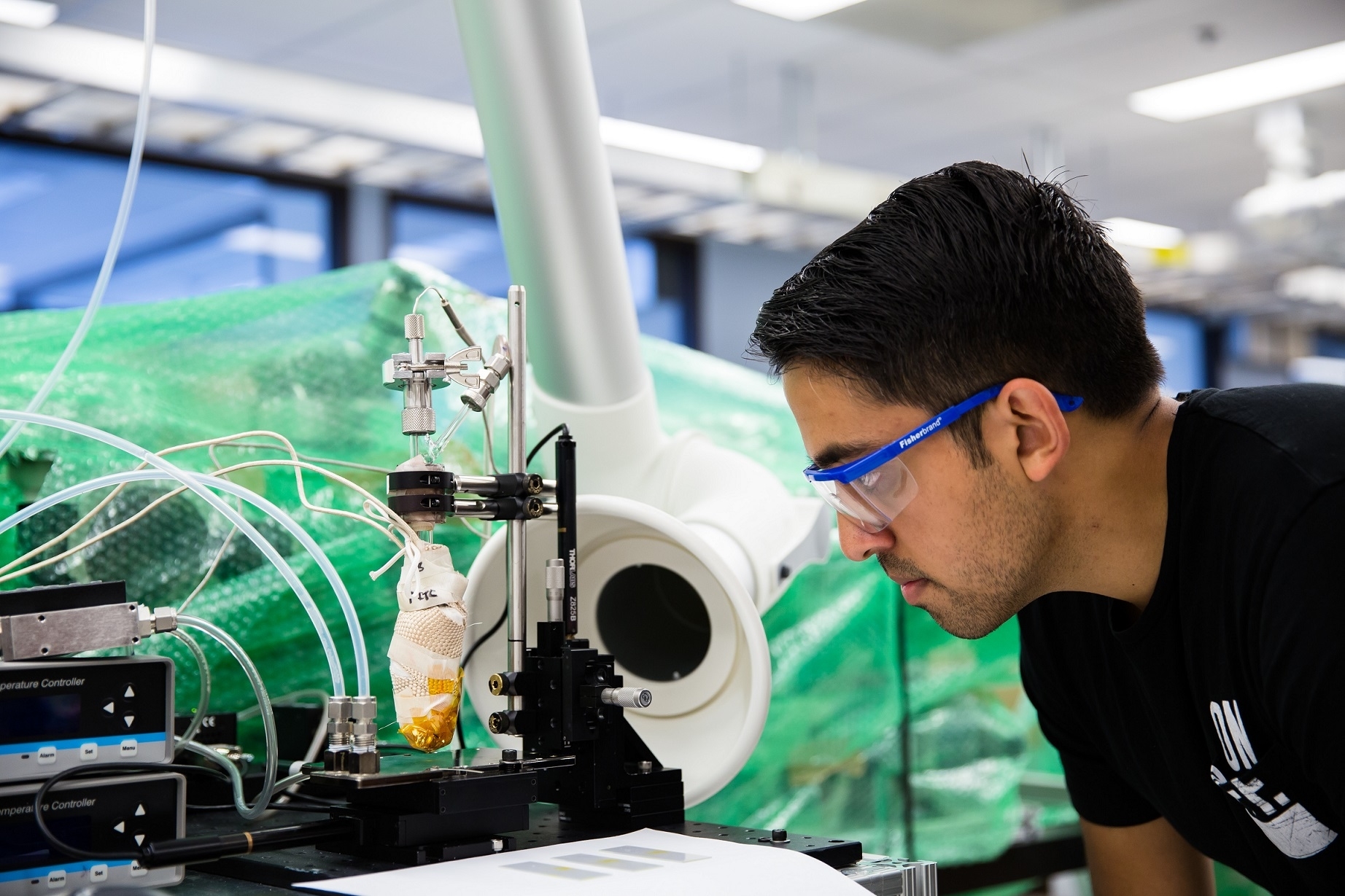Researchers test method to print mass-market medications
University of Michigan researchers have developed a technique to print medications onto a disposable strip or patch. In tests, these were just as effective as traditionally-produced medications at destroying cultured cancer cells. What’s more, the technique prints multiple medications at once, which could be much more convenient for patients who take many prescriptions daily.
“A doctor or pharmacist can choose any number of medications, which the machine would combine into a single dose,” University of Michigan professor Max Shtein said in a press release. He, along with recent graduate Olga Shalev, wrote their findings developing this method in the journal Nature Communications. “The machine could be sitting in the back of the pharmacy or even in a clinic.”
The researchers repurposed a method commonly found in electronics manufacturing, organic vapor-jet printing, for their new medication-making technique. This enables high-resolution printing down to a fine crystalline structure, an arrangement that makes it much easier for medications to dissolve. This would make some medicines unsuitable for conventional consumption viable again when printed using this method.
While the technique is still years away from printing mass-market drugs, it might start being used inside pharmaceutical companies that could use its quick medicine production to speed up clinical testing. But one day, the researchers envision it printing reams of medications on rolls like candy paper.
(33)




